13 Ways to Improve iPhone Battery Life in iOS 11
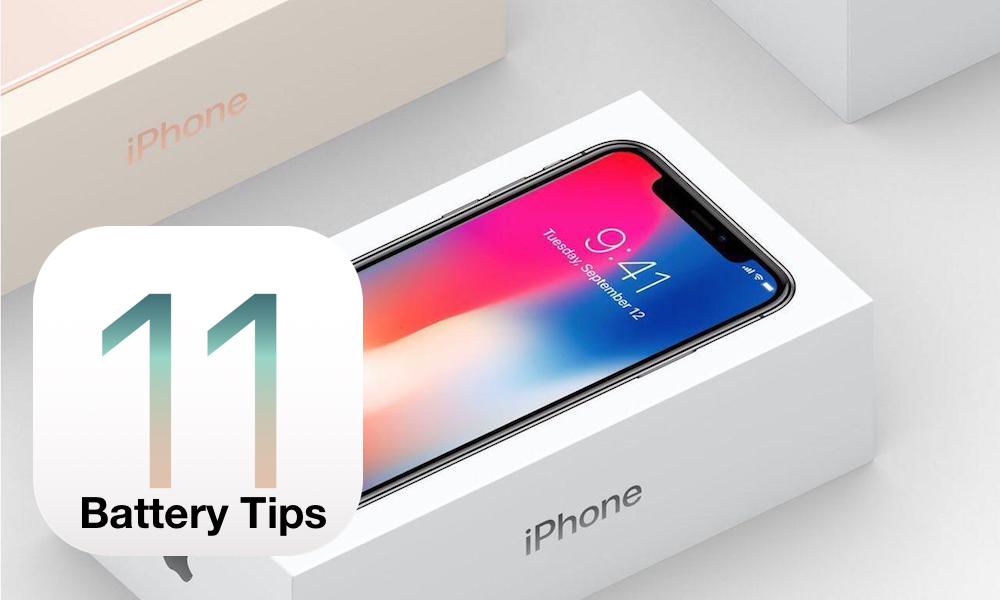
iOS 11 is packed with tons of exciting new features, but a common complaint that users have is the rapid battery consumption. Many believe this issue is caused by bugs; but bugs or not, you can still improve your iPhone's battery life by tweaking a few settings. Some features and settings are resource intensive and consume a lot of battery power, and this could be the reason why your iPhone's battery is draining so fast. By disabling battery-hogging features, you can greatly improve your battery performance. Here are the 13 ways to improve the battery life of your iPhone or iPad in iOS 11.
13 Remove Widgets
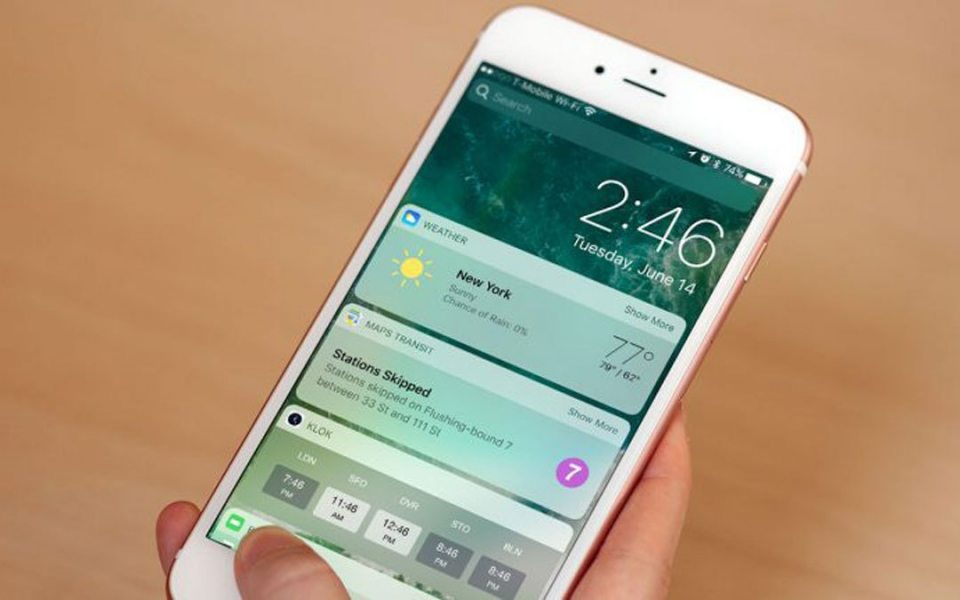
Widgets are a very useful feature that allow you to take a quick glance at apps without actually launching them. However, they could be sucking up your iPhone's battery more than you think, especially those that require access to Location Services like Maps and Weather. To remove some or all of the widgets..
- Go to the Lock screen and swipe right to display the Today view.
- Then scroll to the bottom and tap on Edit.
- From here, you can remove the widgets that you don't need. Tap on the red minus button next to a widget to remove it.
- If you rarely use widgets, then remove all of them to save battery.
12 Use Battery Backups
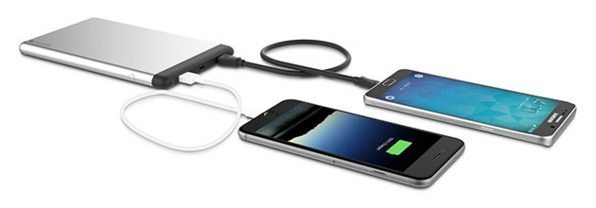
Extending battery life is also possible with battery back ups, or so-called juice packs. The top-of-the-line portable back-ups stay charged for a long time and can offer up to 8x the re-charge of your iPhone or iPad. We recommend these highly rated products.
- Mophie PowerStation 8x Power (46% off)
- ZeroLemon 30K 5 Port Power Pack (53% off)
- 10ft MFI Certified 3 Pack Lightning Cable (71% off)
11 Turn Off Frequent Locations
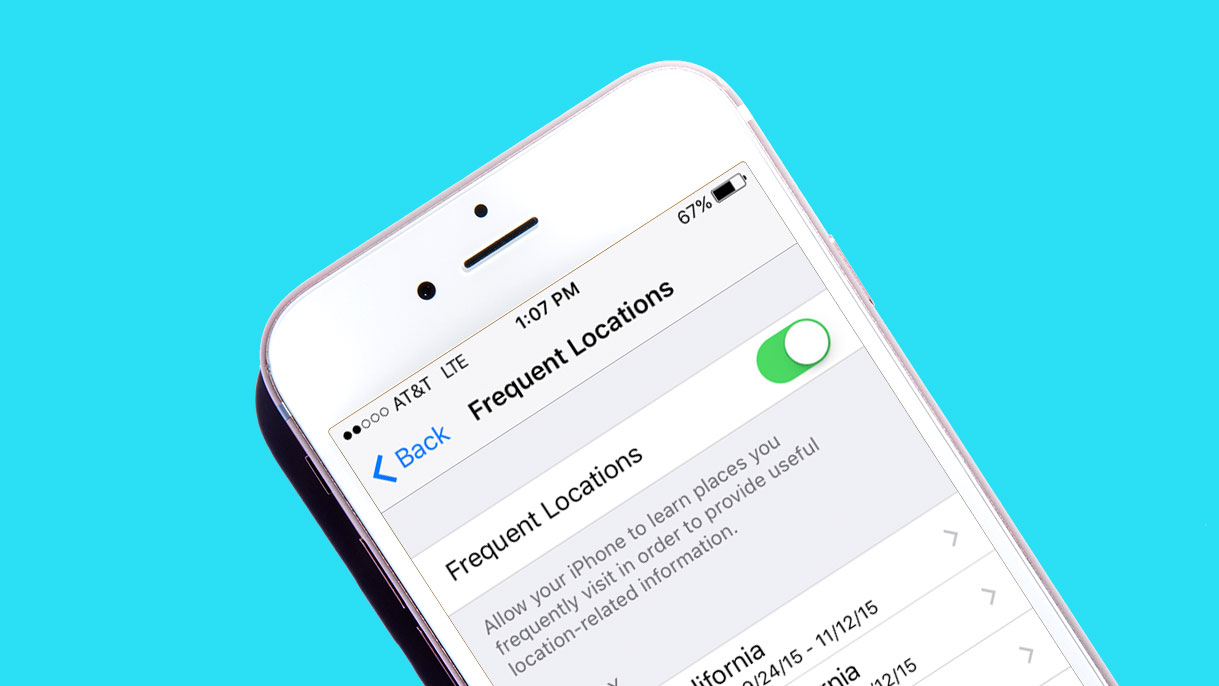
This is an option hidden deep down in Settings that allows your iPhone to track the places you visit frequently and use this data to provide better location services in apps such as Maps, Calendar, and so on. You can disable this option to avoid wasting your battery.
- Go to Settings.
- Privacy.
- Locations Services, then scroll to the bottom and tap on System Services.
- Tap on Frequent Locations and turn it off.
10 Check Your Battery Usage
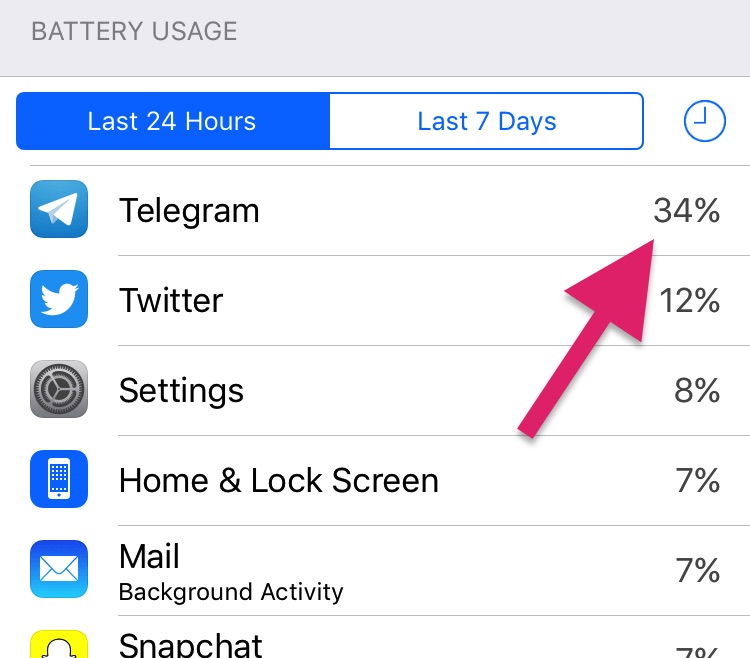
When you notice your iPhone's battery draining very fast, one of the first things you should do is check the battery usage to determine which apps are consuming the most battery power.
- Go to Settings.
- Tap Battery, and there you'll find a list of apps along with their battery usage in the past 24 hours and the last 7 days.
- If an app consumes a high amount of battery power, then you should always close it from the App Switcher whenever you don't need it, rather than keeping it open in the background.
9 Disable Background App Refresh
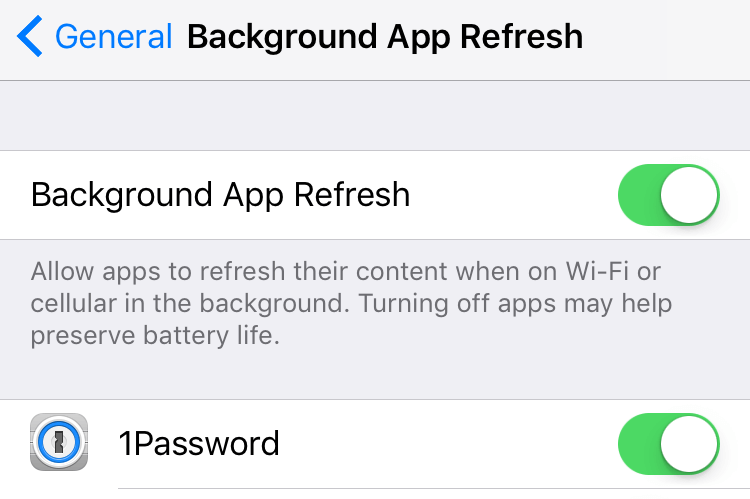
Background App Refresh allows apps to continue running in the background while you use other apps. For instance, the Mail app will run in the background to fetch new emails as they arrive. If an app is consuming a lot of battery, then you should disable Background App Refresh so that it doesn't run in the background.
- Go to Settings.
- Tap General.
- Tap Background App Refresh.
- Then toggle off the feature completely or on a per app basis.
If there are certain apps that are consuming a high amount of battery in the background, then disable Background App Refresh for those apps only.
8 Disable Wireless Connections When Not Needed
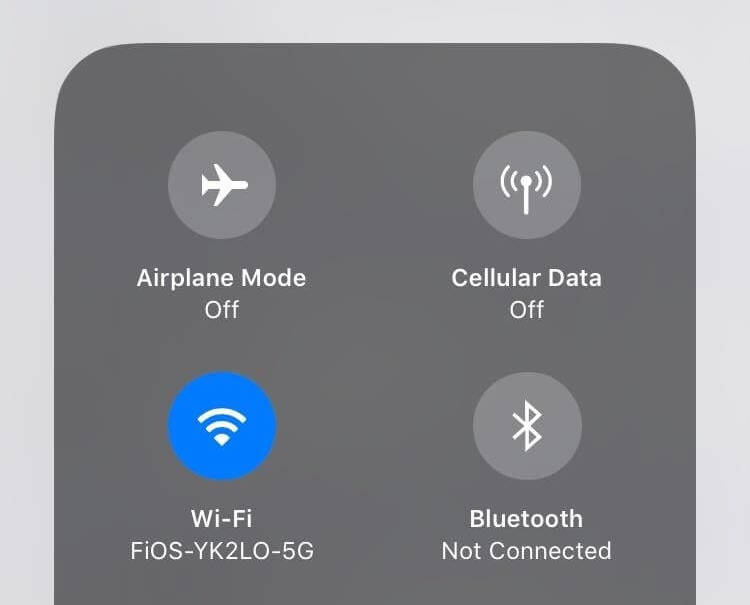
These features consume a lot of battery so you're better off disabling them when they're not required. For example, Wi-Fi will continuously search for nearby networks to connect so if you're in a place with no Wi-Fi networks to connect to, it's better that you turn it off to avoid wasting battery. You can disable Wi-Fi, Cellular Data, and Bluetooth from the Control Center by swiping up from the bottom of your screen.
7 Disable Cellular Data When on Wi-Fi
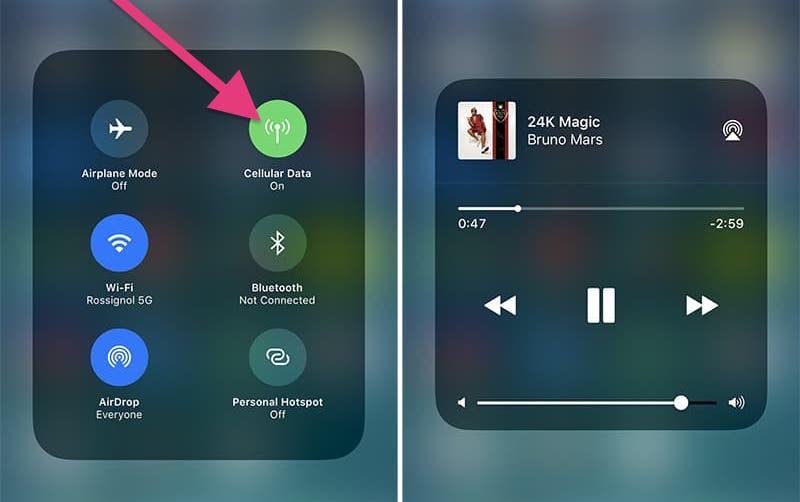
When your iPhone is connected to Wi-Fi, there's no need to have Cellular Data enabled.
- Go to Settings.
- Tap Cellular.
- Then turn off the toggle for Cellular Data.
If you're no longer connected to Wi-Fi, you can switch to Cellular Data and disable Wi-Fi. Just keep in mind that Cellular Data consumes more battery than Wi-Fi so use it only when required.
6 Disable Location Services
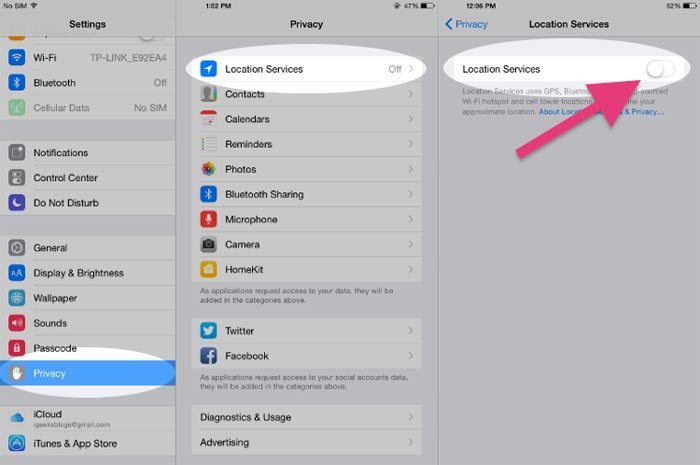
Location Services is a feature that consumes a lot of battery, especially if there are apps that track your location continuously in the background. If this is not needed, you could disable Location Services altogether, or only allow certain apps to access your location. To access the Location Services settings...
- Go to Settings.
- Tap Privacy.
- Tap Location Services.
Here you can view the apps that have access to your location in the background or while you're using them. You can save battery by disabling Location Services for the apps that shouldn't track your location.
5 Enable Low Power Mode
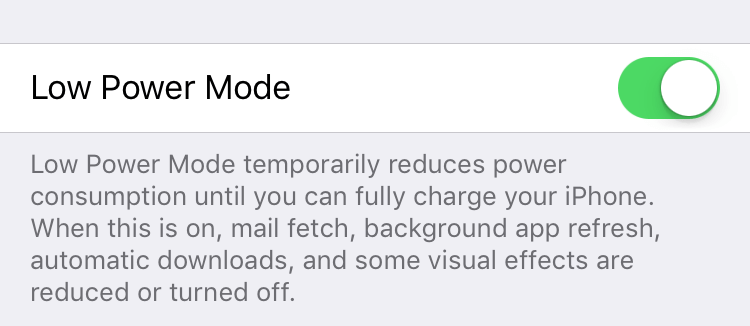
Low Power Mode is a feature that was introduced in iOS 9. Once enabled, it automatically turns off activities that have an impact on your iPhone's battery, such as automatic Mail fetch, Background App Refresh, automatic downloads, and some visual effects and animations. To enable Low Power Mode..
- Open Settings.
- Tap Battery.
- Find Low Power Mode and toggle it on.
Alternatively, you could enable it quickly with Siri by saying "Turn on Low Power Mode". Once turned on, the battery icon in the status bar changes to yellow to indicate that Low Power Mode has been enabled.
4 Turn On Reduce Motion
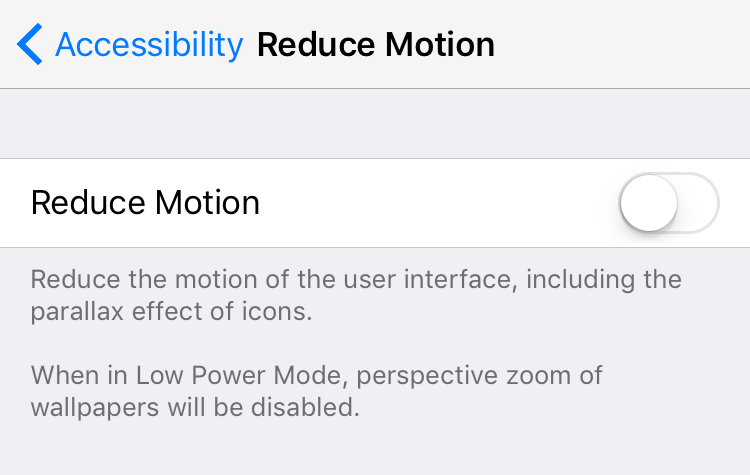
All those fancy animations and visual effects in iOS look great, such as the parallax wallpaper effect on the Home screen or the app launching animations. The bad part is that these effects drain your iPhone's battery so you're better off disabling them if you want to save battery. This can be done by enabling Reduce Motion.
- Open the Settings app.
- Tap General.
- Tap Accessibility.
- Find Reduce Motion, then enable it.
3 Disable Raise to Wake
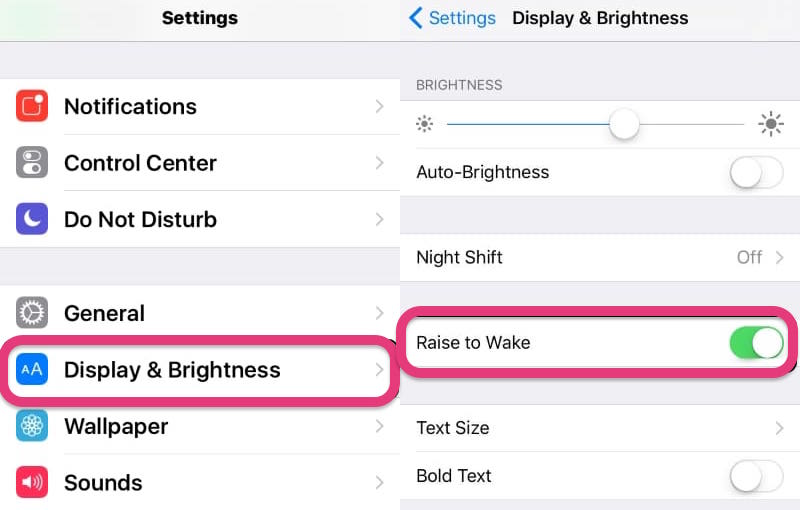
Raise to Wake is a feature that was introduced in iOS 10. It automatically turns on your iPhone's display when you pick it up. As you'd expect, this consumes battery because it keeps a tab on when you pick up your iPhone, as well as turns on the display when you might not need it. To disable it, go to..
- Settings.
- Tap Display & Brightness.
- Then toggle off Raise to Wake.
2 Adjust the Screen Brightness
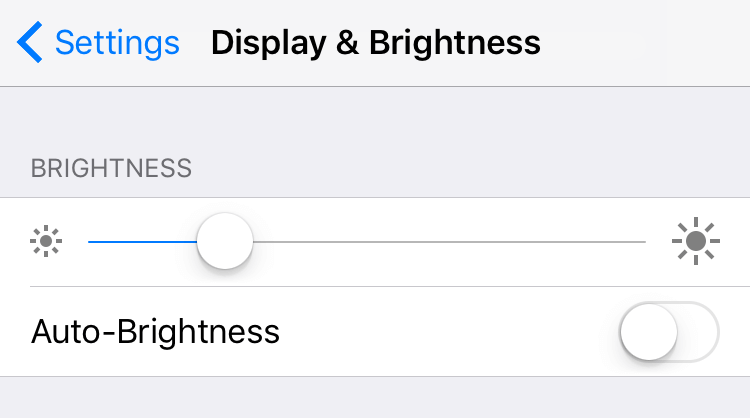
You can improve the battery life of your iPhone by setting the screen brightness to the minimum level that is required. If the environment around you is dark and you set the screen brightness to the maximum level, then you're wasting battery. Therefore, set the screen brightness at a level that is comfortable for your eyes, and avoid going for the maximum brightness level when it's not needed.
1 Disable Automatic Fetching of New Data
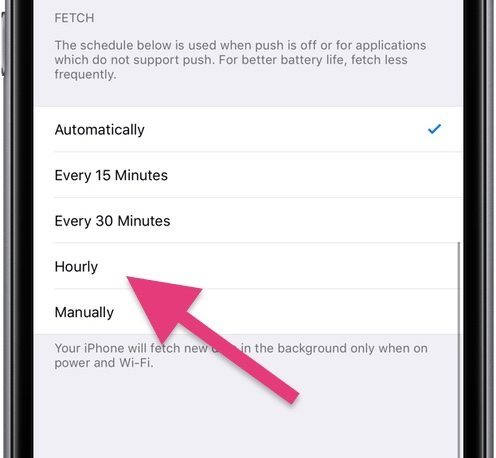
If you've added your email accounts to the Mail app, then chances are that you've set it to fetch new emails automatically. While this is useful, it increases the battery consumption of your iPhone as it has to constantly check for new emails.
To reduce the battery consumption, you should disable this feature or change the settings such that new data are fetched less frequently (e.g every half an hour).
- Go to Settings.
- Tap Accounts & Passwords.
- Tap Fetch New Data.
- Here you can lengthen the fetch frequency, or disable it completely by turning off the toggle next to Push.
These are some of the ways to improve the battery performance of your iPhone and iPad on iOS 11. Since iOS 11 is currently in beta at the time of writing, some of these tips could change by the time the final version is released.
